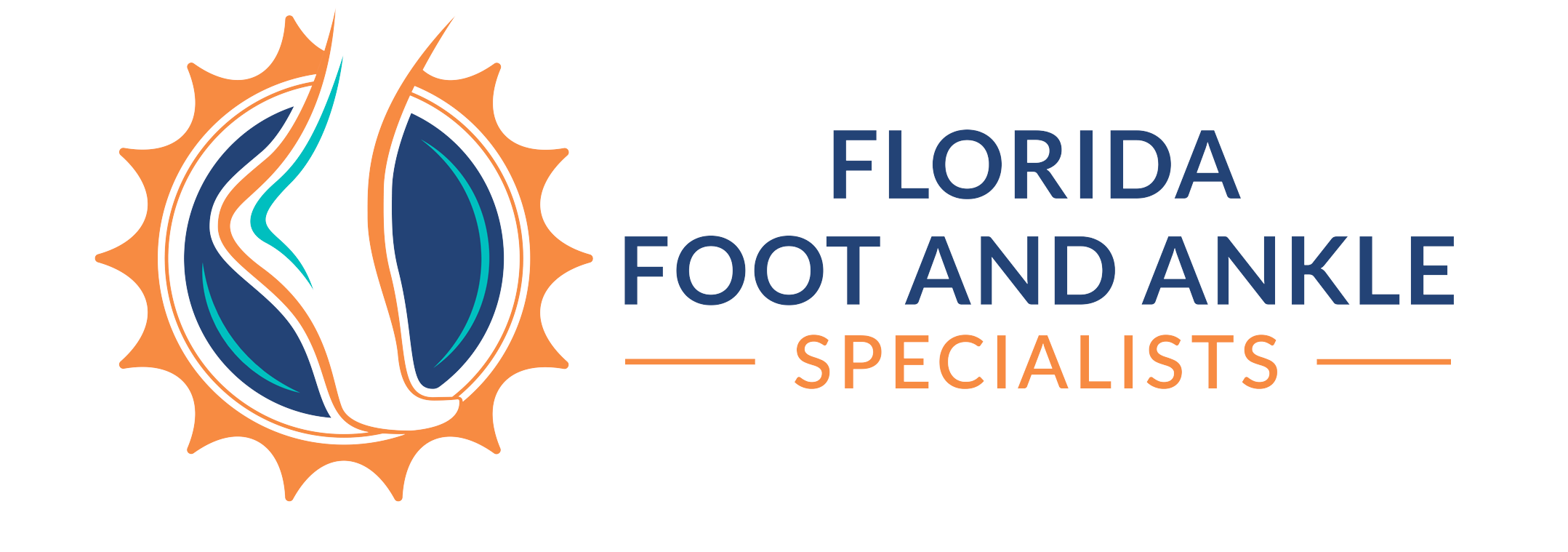
Achilles Tendon Rupture Specialists
Experienced Podiatrists in Bradenton, Tampa, & Sarasota
Florida Foot and Ankle Specialists are dedicated to providing the best foot and ankle care available. Our board certified podiatrist, Dr. Spector, has completed additional fellowship training in diagnosing and treating a wide range of foot, ankle, and lower leg disorders. Whether it’s routine preventive care or complex reconstructive surgery, we employ the most advanced treatments to ensure our patients get the desired results.
We use cutting-edge technology such as the Remy Laser Therapy. This advanced therapy provides a quick, easy, and painless solution for various conditions, including nail fungus, postoperative pain, plantar fasciitis, tendonitis, arthritis, ankle sprains, nerve pain, wounds, fungus, and warts. By precisely targeting swelling and alleviating inflammation, this cutting-edge therapy brings you relief from discomfort. This laser therapy device is highly convenient, safe, and free from any side effects. Additionally, it helps reduce the reliance on pharmaceuticals for managing pain and inflammatory foot conditions.
Our unwavering commitment is to prioritize your health, offering personalized and compassionate care. We aim to create an environment that attentively addresses your needs, ensuring you recover swiftly with the highest standards of quality care. Should you have any questions or concerns about your foot or ankle condition, please do not hesitate to contact us —we are here for you!
Call Us Now at 941-241-5333
Achilles Tendon Rupture (Tear) Treatment
This guide aims to provide comprehensive insights into the nature of an Achilles tendon rupture, its causes, symptoms, diagnostic procedures, and possible treatments to help you manage and overcome this challenging injury. Let’s dive into some common questions about this condition.
Q: What is the Achilles tendon and why is it important?
A: The Achilles tendon is formed by the combination of the two calf muscles: the gastrocnemius and the soleus. It is the largest and strongest tendon in your body, crucial for walking, running, and jumping.
Q: How does an Achilles tendon rupture happen?
A: An Achilles tendon rupture typically occurs when there is an abrupt increase of stress on the tendon that exceeds its capacity. This often happens during quick, strenuous activities like sports, running, sudden steps, or falls.
Q: What does it feel like to have an Achilles tendon rupture?
A: Patients often feel like something bit them on the back of the leg or like they were kicked in the calf at the time of injury. You may also recall a popping or snapping sensation at the back of your leg, followed by pain, discomfort, and difficulty walking or performing activities.
Q: How is an Achilles tendon rupture diagnosed?
A: Diagnosis starts with a thorough clinical evaluation and standard X-rays to rule out other issues. An MRI scan may be recommended to understand the extent of the tear better.
Q: What are the symptoms of an Achilles tendon rupture?
A: The main symptoms include pain, discomfort, the inability to walk normally, and the incapacity to flex your foot downwards to the floor.
Q: What should I do if I suspect I have an Achilles tendon rupture?
A: If you suspect an Achilles tendon rupture, it’s essential to seek medical attention promptly. Your specialist will review your condition and present you with options to get you back on your feet.
If you have any further questions or need assistance, feel free to contact us at Florida Foot and Ankle Specialists. We’re here to help you every step of the way!
This site does not contain or provide medical/health advice. The medical/health information is provided for general information and educational purposes only and is not a substitute for professional advice. Accordingly, before taking any actions based upon such information, we encourage you to consult with the appropriate professionals. The use or reliance of any information contained on this site is solely at your own risk.
